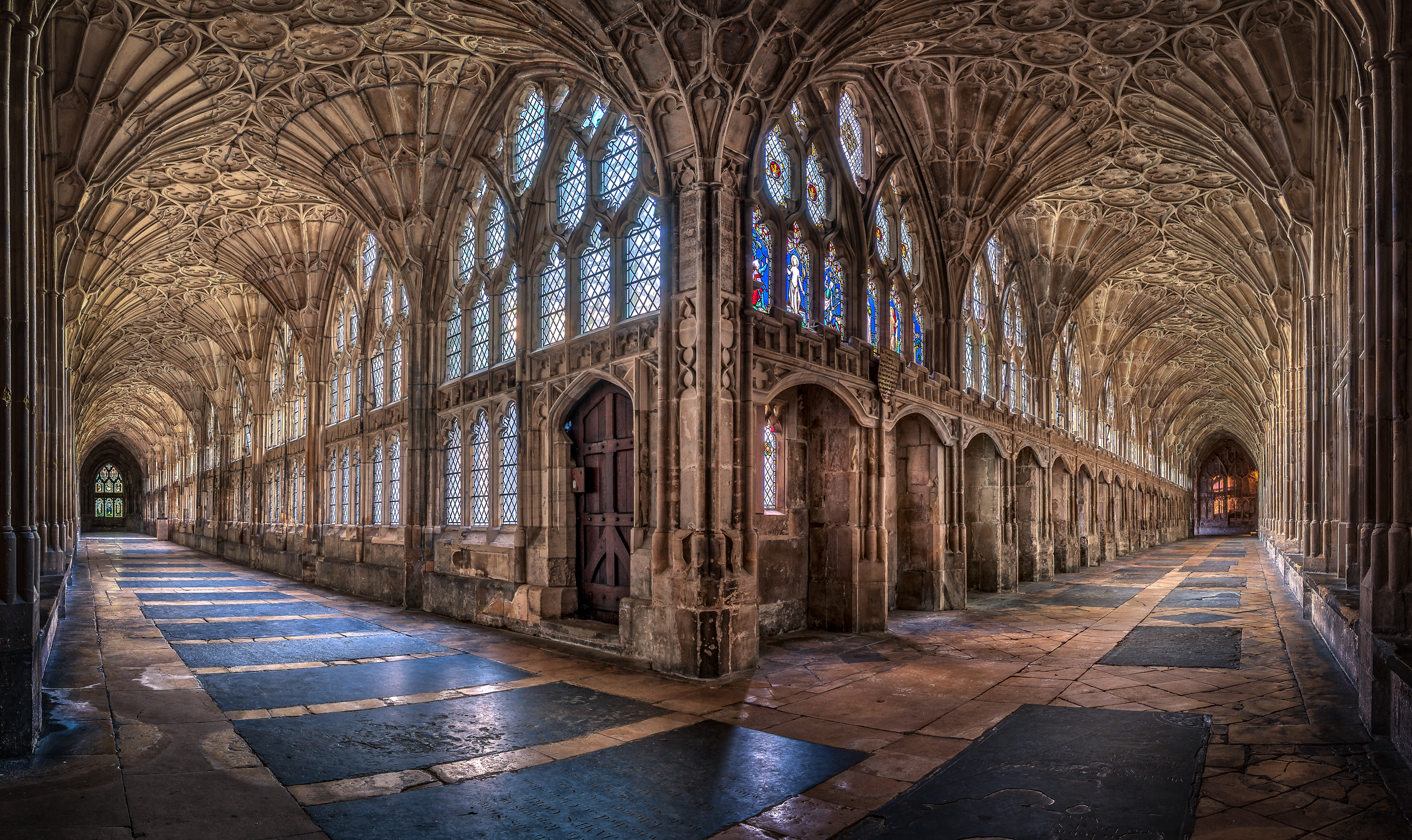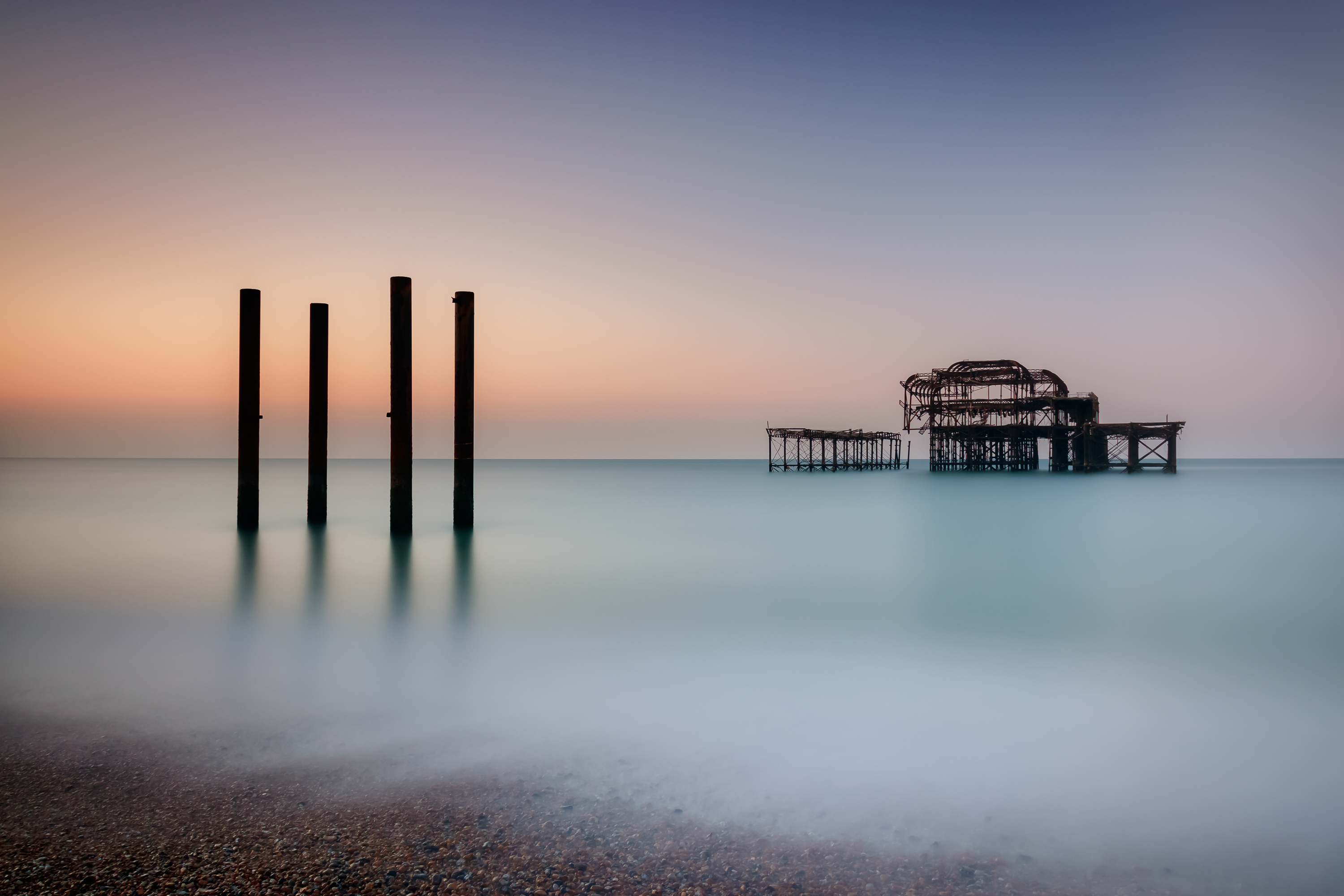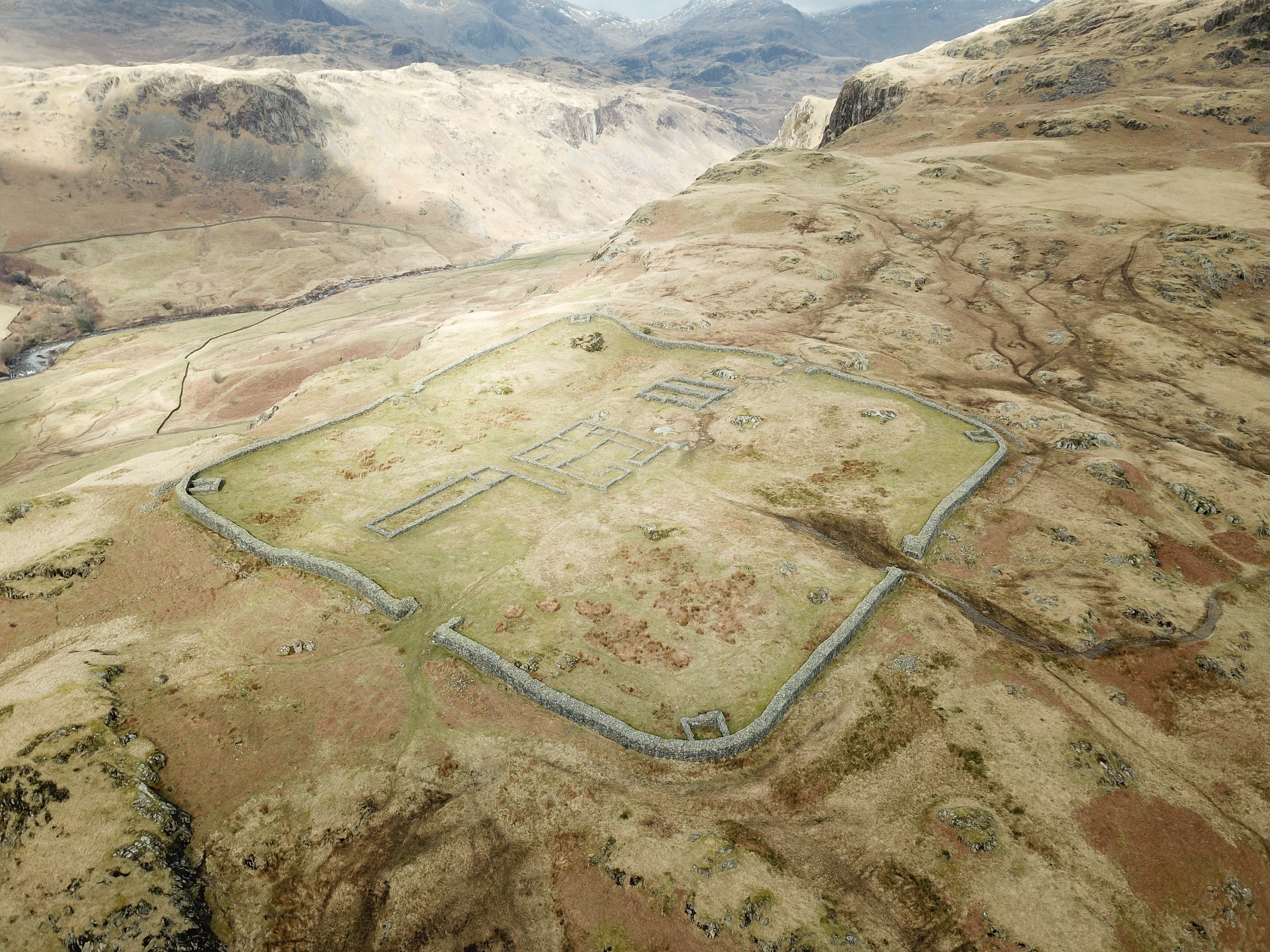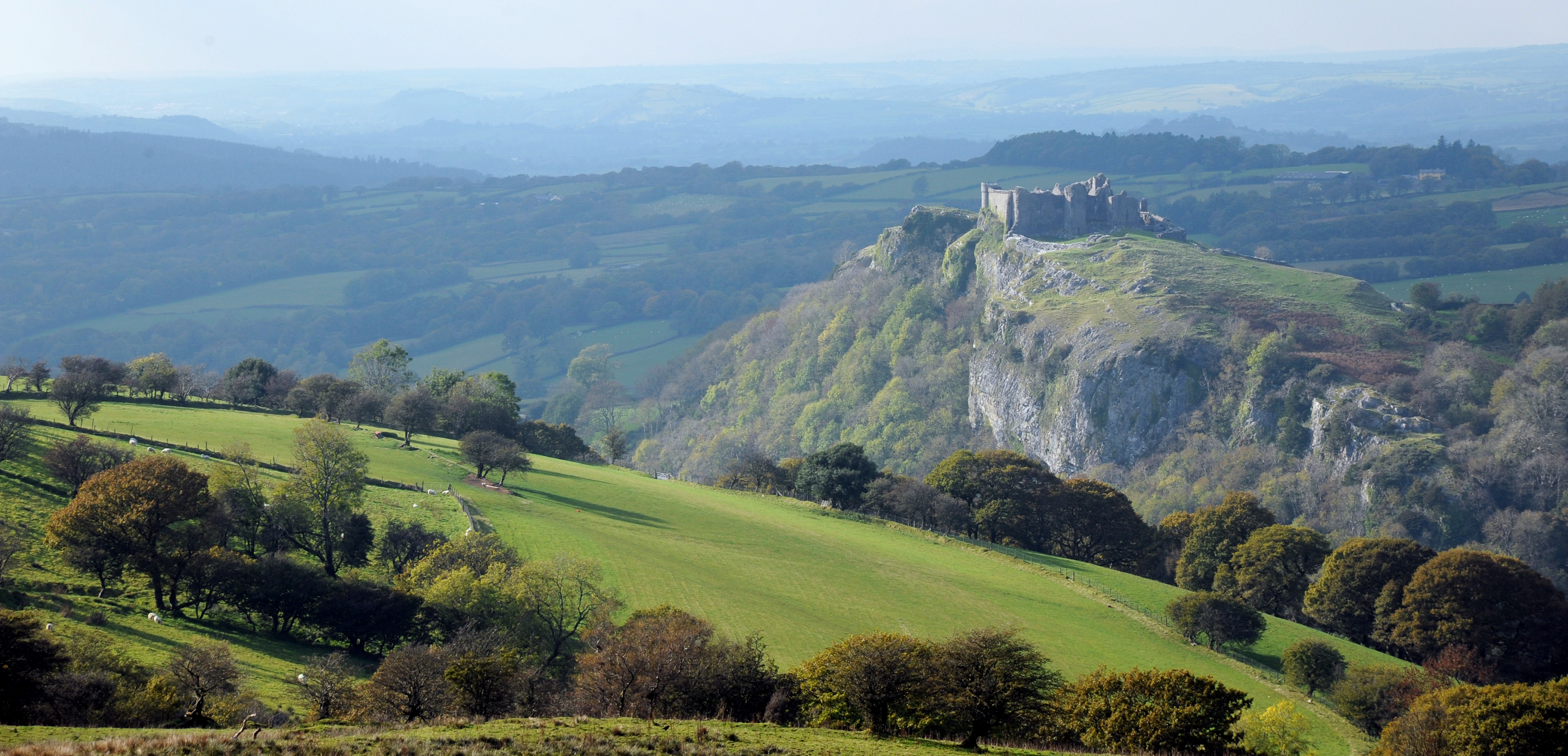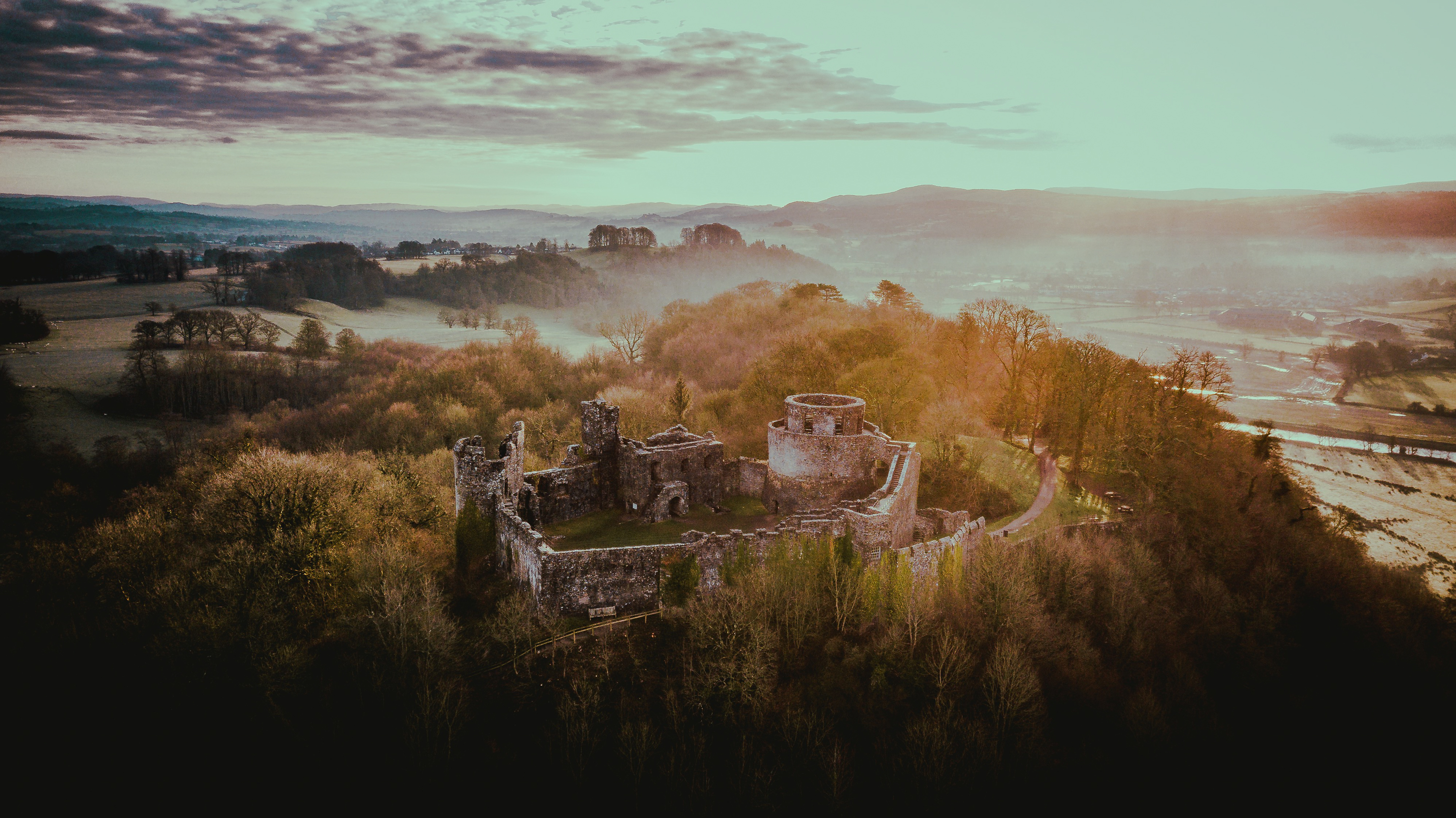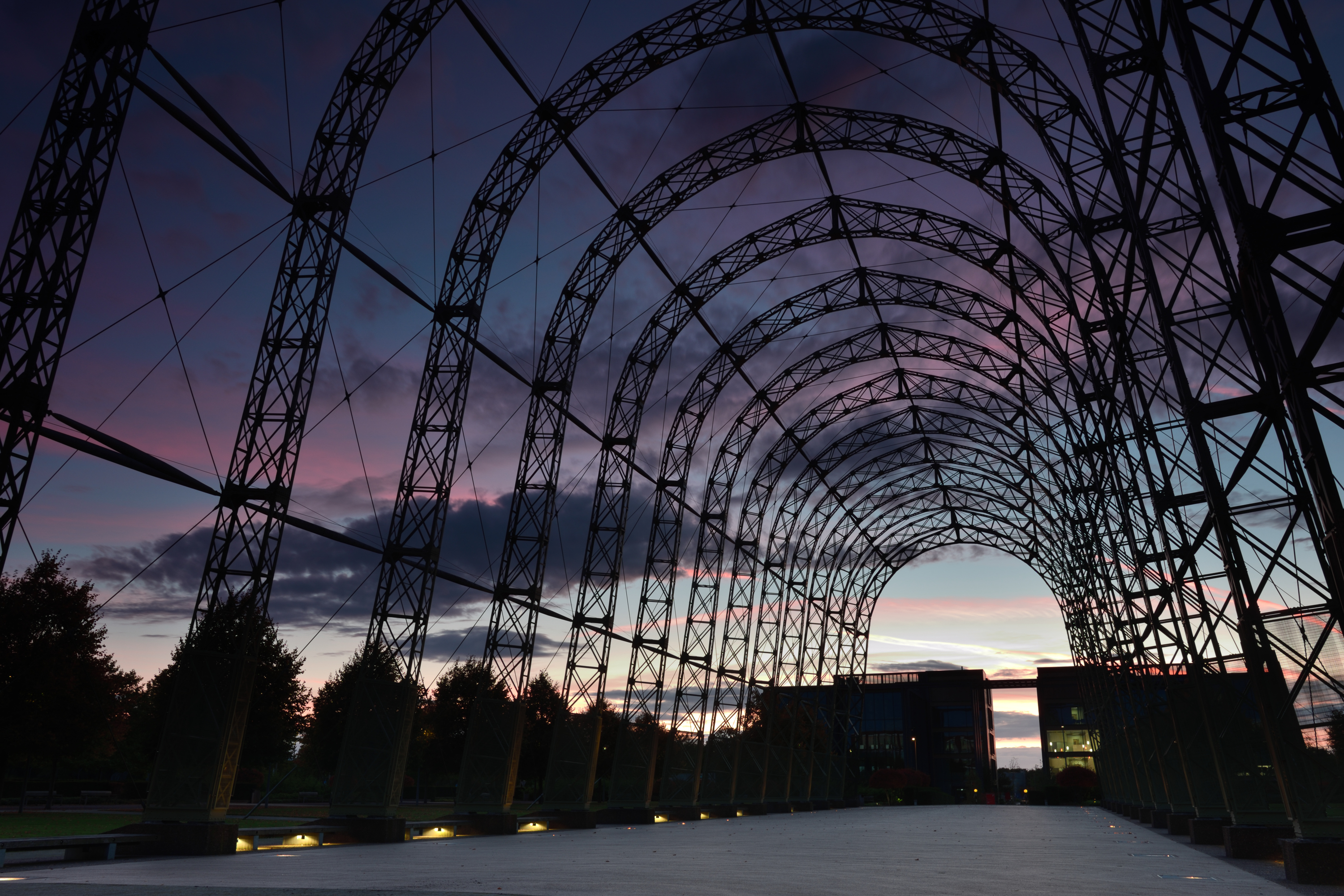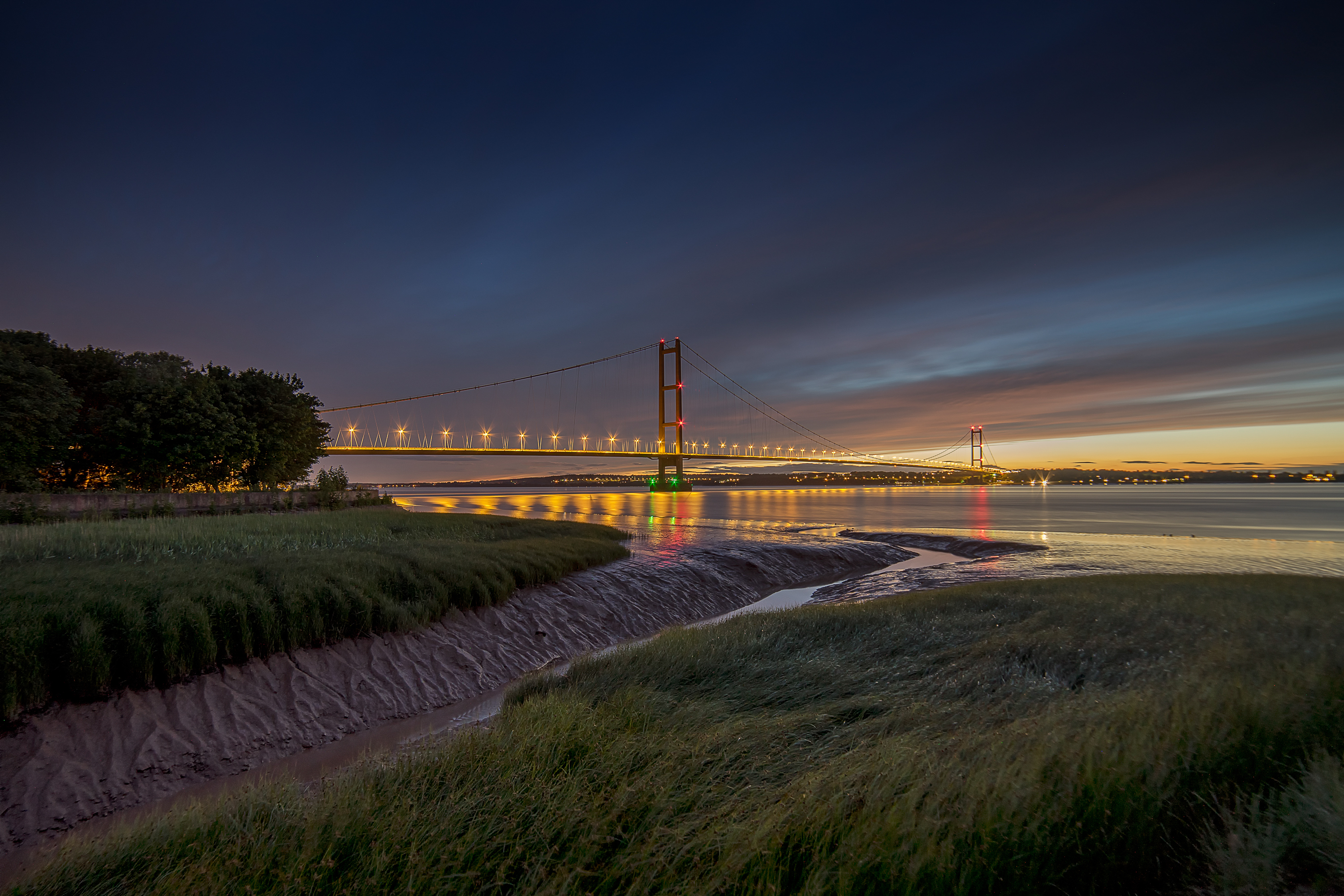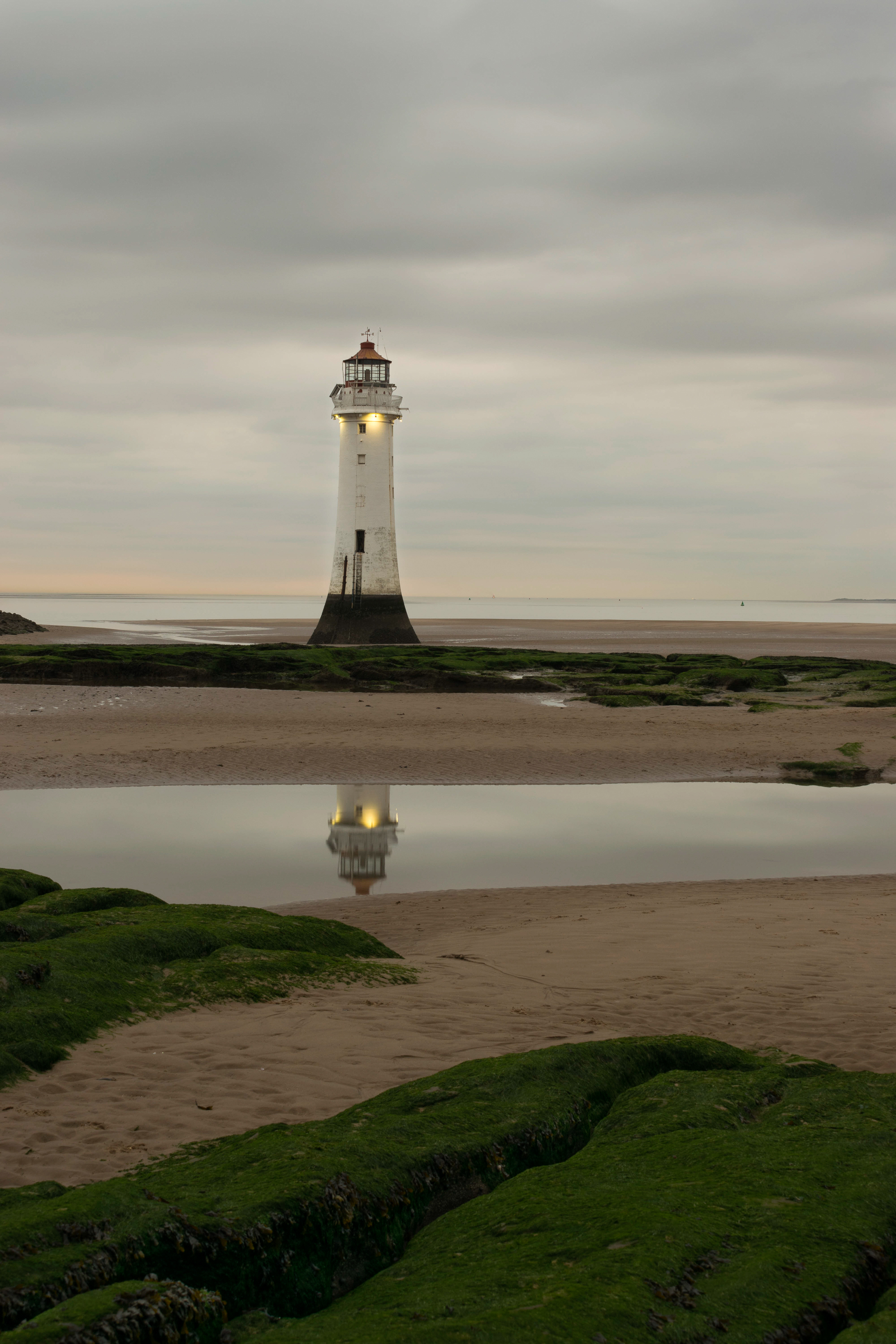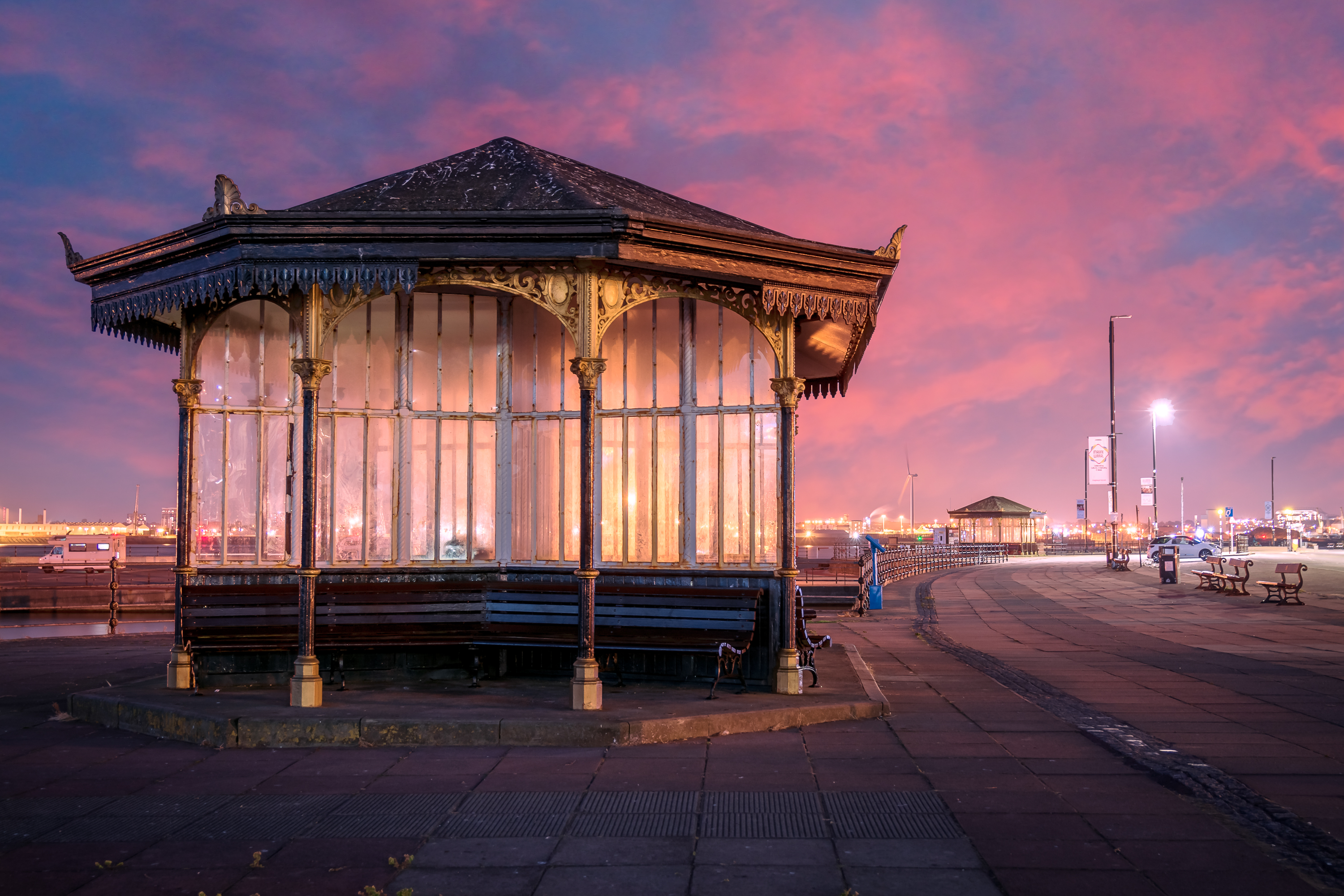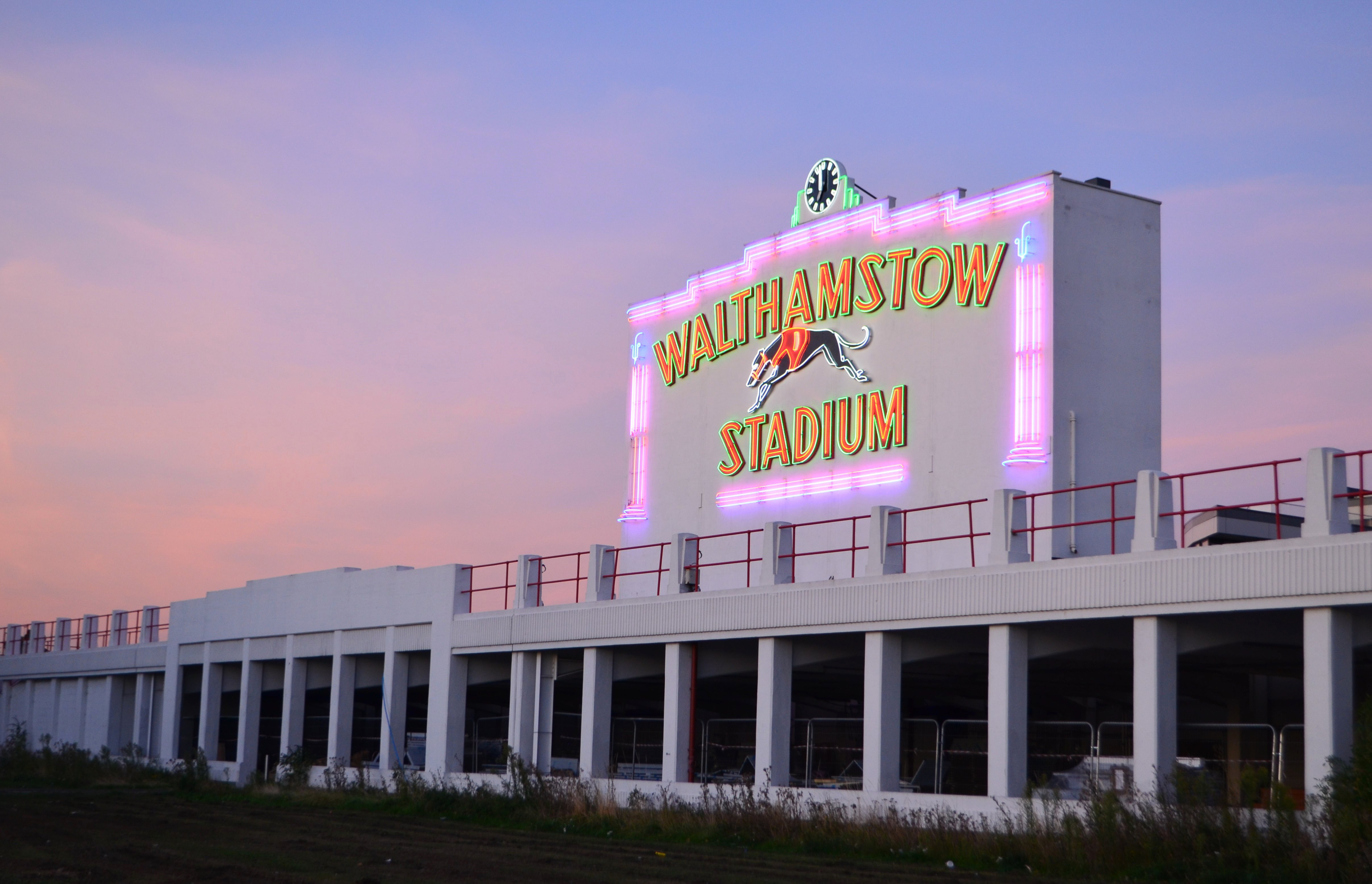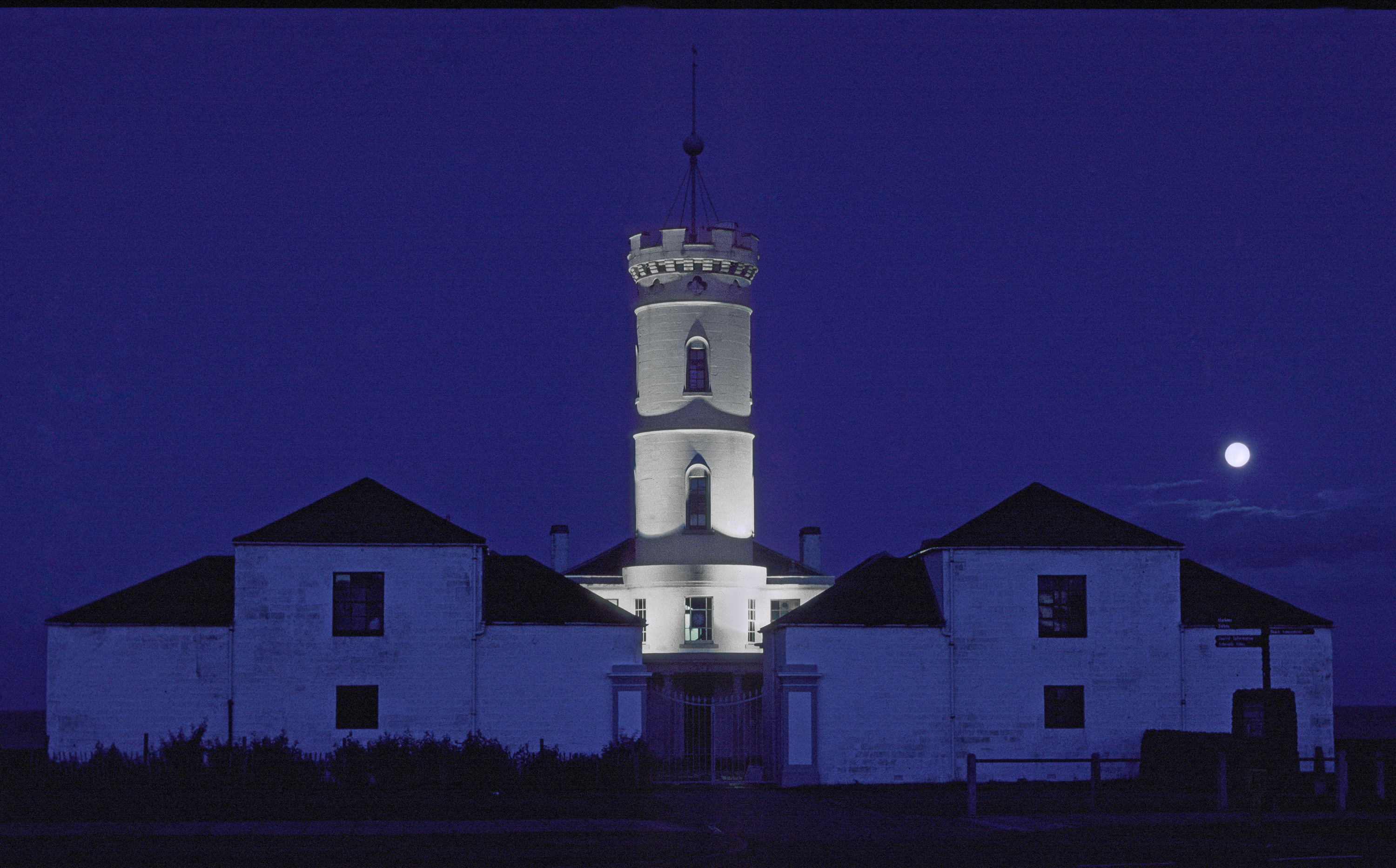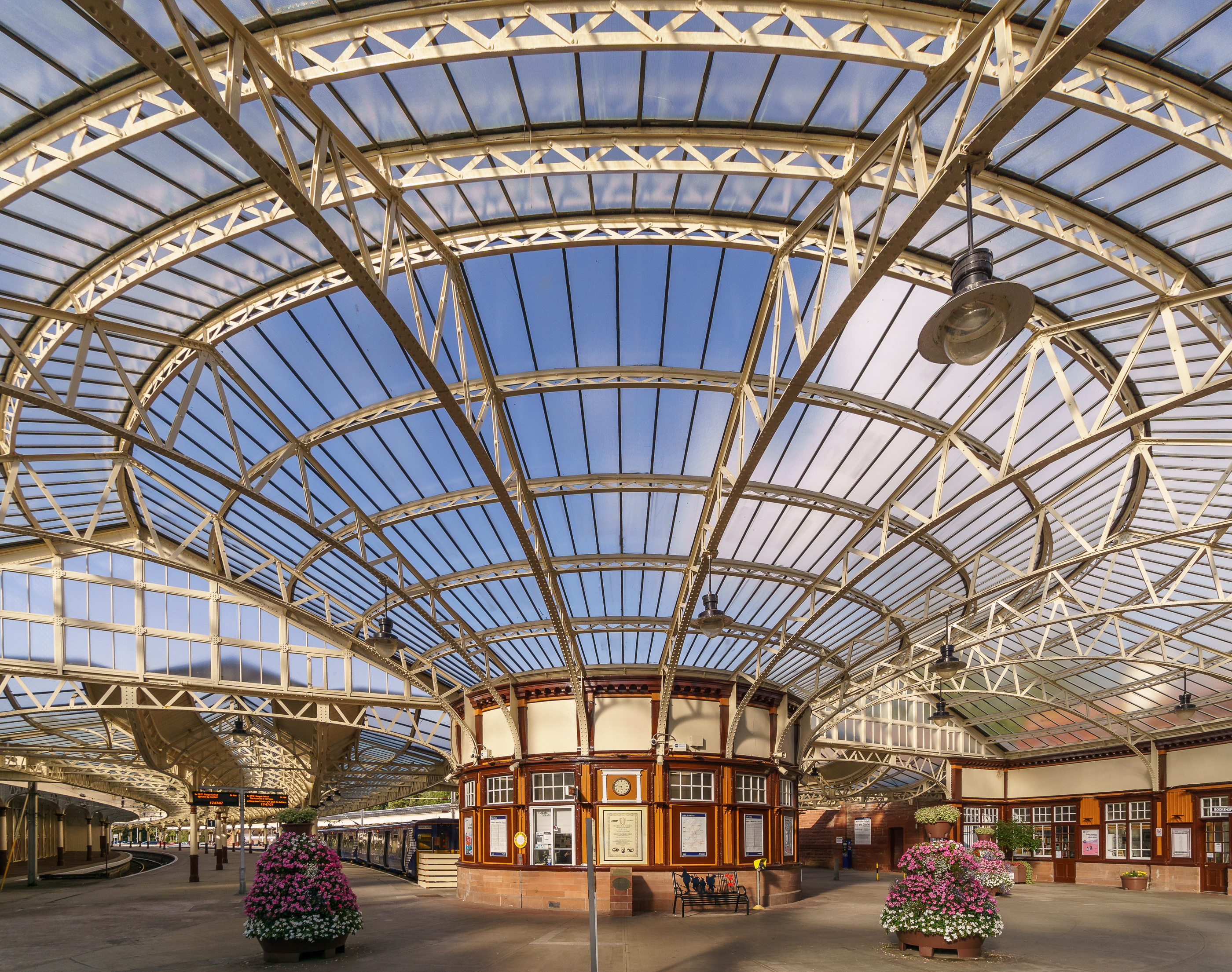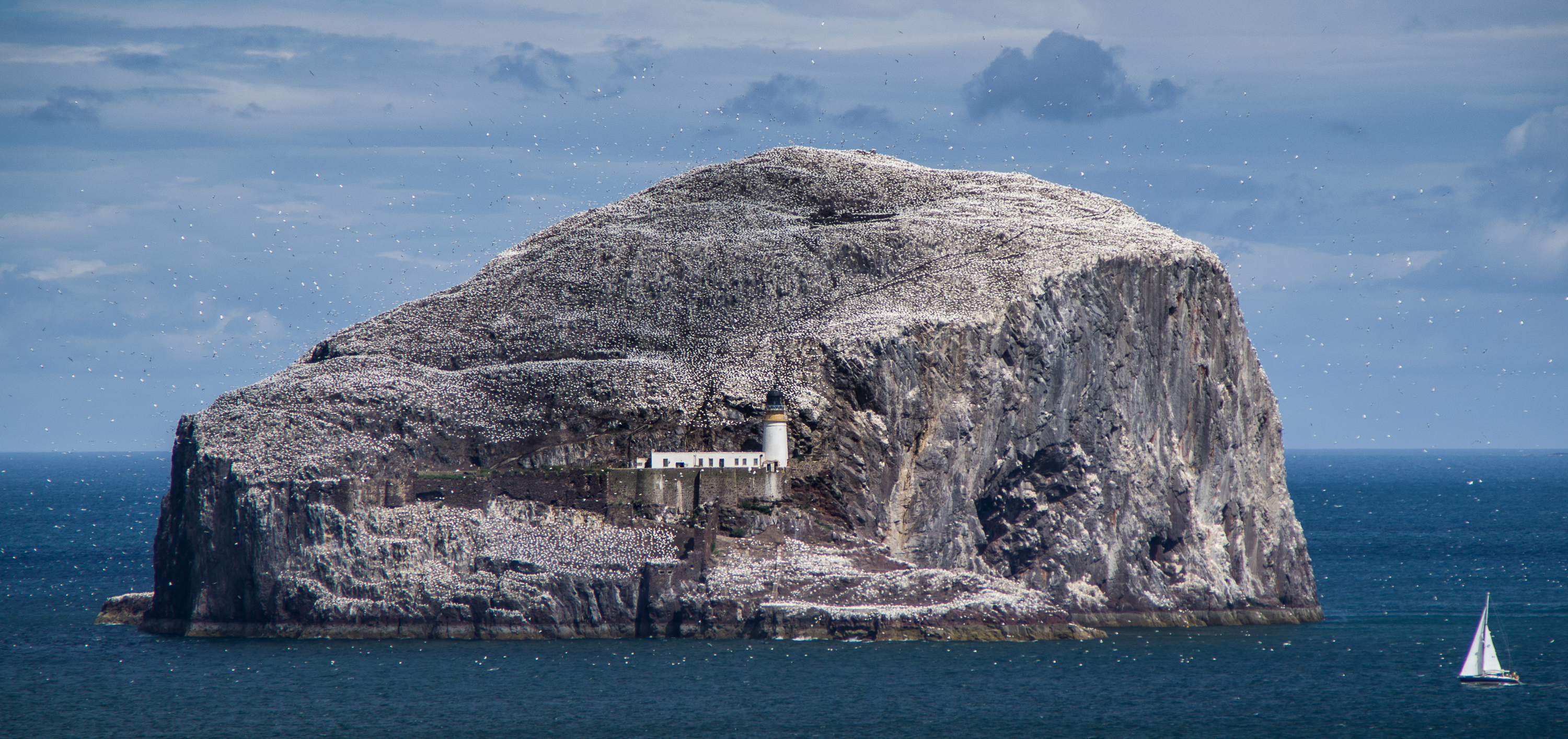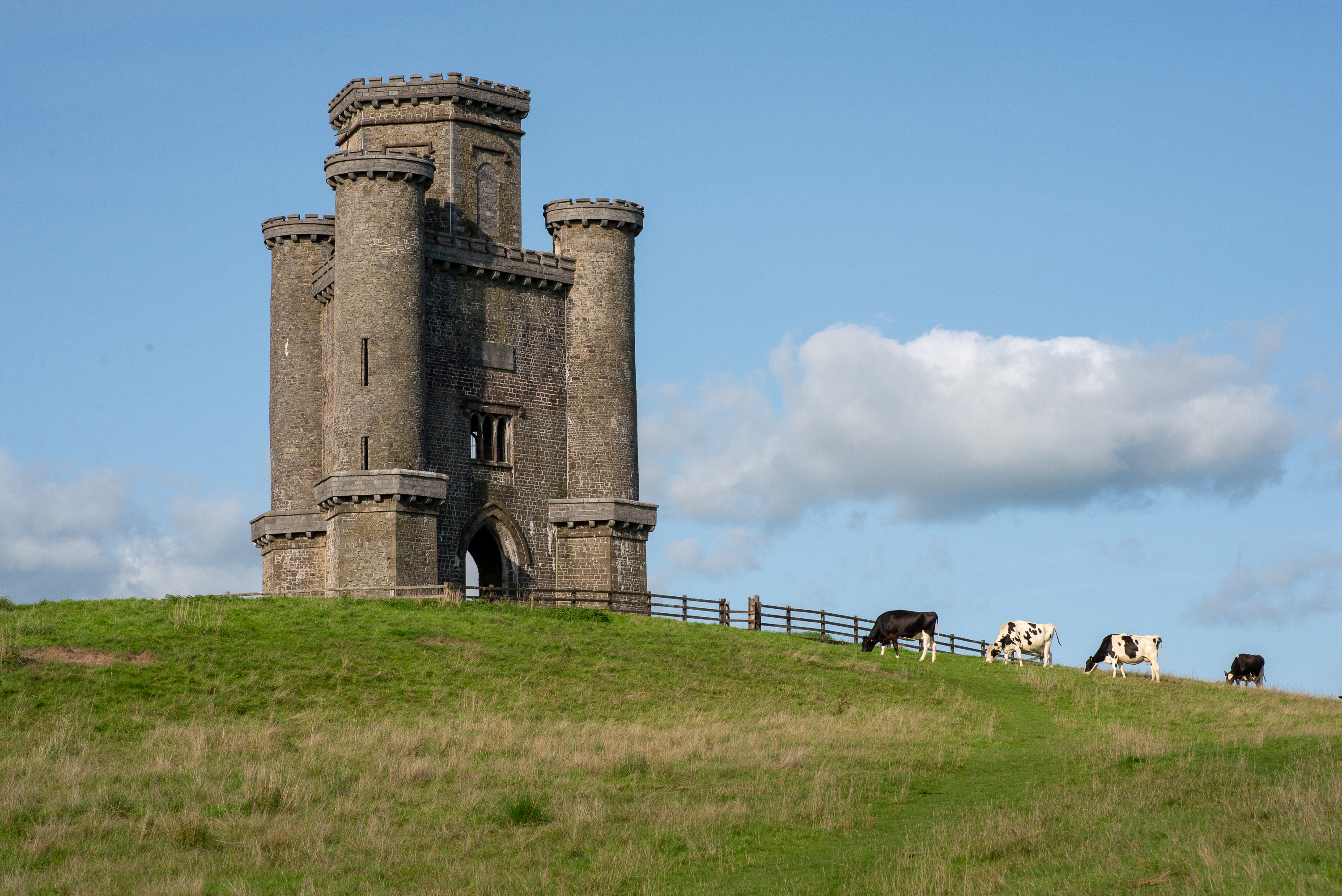Chris Cherrington, our top prize winner for 2018, explains how he made his stunning image of Gloucester Cathedral cloisters.
For higher resolutions, see the image page on Wikimedia Commons.
The image
My final image was a stitched panorama consisting of 4 angles, derived from a total of 26 original exposures.
In each of the 4 directions, I bracketed between 5 and 7 shots between -3EV and +3EV (the more raw data, the better!). The reason for the bracketing was the very large dynamic range between the details in the stained glass and the shadows in the cloisters.
Due to the absurd number of tourists (this is a very popular location, and the left-hand leg points towards the very popular cafe), there were a few individual exposures which were repeated to include the tourist movement. In these particular shots, I then used Photoshop to layer the exposures and selectively mask out the tourists.
This resulted in 4 angles of bracketed, tourist-free shots.
I then put each bracketed angle into Aurora 2018, which yielded remarkable results. So good, I didn’t need to resort to luminosity masking in Photoshop.
This yielded 4 images from which to construct the panorama.
To my surprise (and gratification), finally Lightroom made an excellent job of stitching these four images together.
Equipment
Camera: Nikon D7500
Lens: Tokina 11-20mm f/2.8
Tripod: Gitzo 2545T Series 2 Traveller
Head: Gitzo GH1382QD Series 1 Centre Ball Head
Koolehaoda Panoramic Head
Hoage 140mm Nodal slide
Nikon cable release
Capture information
ISO: 100
Focal length: 11mm (16mm @ 35mm equivalent)
Exposure setting: Aperture priority
Aperture set: f/22
Resulting shutter speeds: 0.7sec to 30sec
Total number of source shots: 26
Software
Adobe Lightroom Classic CC
Adobe Photoshop
Aurora 2018
About me
I’m now a 63 year old retiree, though how I ever found time to work, I’ll never know. I’ve always been interested in photography, starting out with SLRs (non-digital, of course) in the 1970s. Since 1990, though, it all lapsed due to other pressures and interests, confining me to the usual point-and-shoot pocket camera and latterly, phones.
It was only in August 2017, when I finally had retired fully, that I started to get “serious” about it again, hence the purchase of some mid-range equipment and a whole load of internet-based learning.
I’m a very keen choral singer, being a member of the Bournemouth Symphony Chorus and the Philharmonia Chorus (London), but often do ad-hoc visits to various places for choral events. It was on one of these, in 2017, that I had reason to visit Gloucester Cathedral. Needless to say, I was blown away by the Cloisters, also being a Harry Potter fan. So, when I took up photography again some months later, I had it in mind to go back there and try to do justice to the incredible atmosphere, spirituality and workmanship of the place.
So, on a lovely, but cold, day in January 2018, I turned up there, paid my photographer’s fee and thoroughly “did” the place! The stats above are only for the image in question. In reality, I did four complete “sweeps” of the cloister panorama, totalling something like 80 shots, taking something like an hour and a quarter to capture. I was seated in a cloister adjacent to the south-west entrance and boy, was my bum cold by the time I’d finished!
In the short time since I have been taking photography seriously, I seem to have settled on two themes: Landscape and Historical buildings, particularly churches or cathedrals. I’m not particularly religious, but I do find that spending time in a sacred building makes me feel a real sense of connection with the amazing people who created these masterpieces. Although not as technically sophisticated as we now see ourselves, every one of these amazing artisans was a real person who lived, loved, suffered and lost, just as we do today. I consider myself honoured to be able to share their amazing talent with people everywhere.
